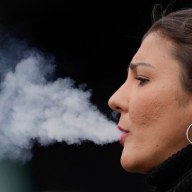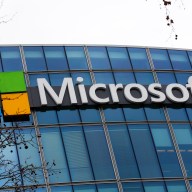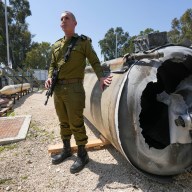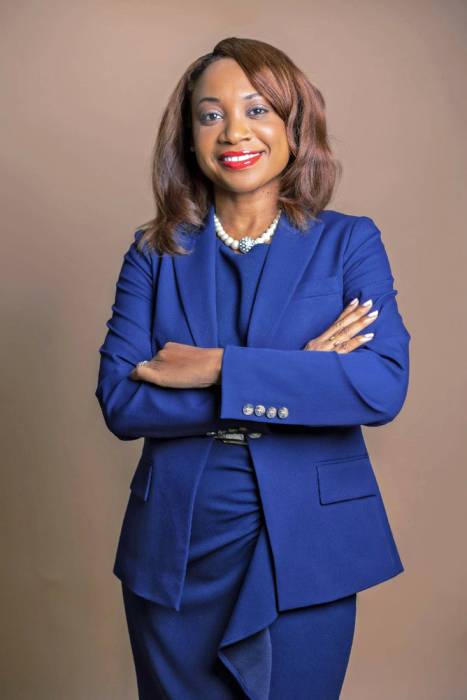Shining with Orthodox golden domes that rise from forested hilltops, criss-crossed by narrow cobblestone streets and speckled by quiet, leafy parks, Kiev draws visitors with an Eastern European charm.
And for those who seek the exotic artifacts of the Soviet era — Lenin statues, imposing bronze monuments and colonnaded subway stations — Kiev has those, too.
Founded more than 1,500 years ago, Kiev is one of the oldest and historically richest cities in Eastern Europe.
The site of the ancient Kievan Rus state, forerunner of the Russian empire, it is considered the birthplace of Slavic civilization. The city endured the Mongol-Tatar invasion, was an important provincial capital in the Tsarist and Soviet eras, and in 1991 finally became the capital of an independent Ukraine.
Today, Kiev strives to be a proper European city, at the same time preserving its unique Slavic appeal. Cut in two by the broad Dnieper River, the city is a mix of medieval onion-domed Orthodox cathedrals, elegant turn of the 20th-century buildings and some stubbornly durable artifacts of the Soviet times, including giant statues and gloomy apartment blocks on the city’s outskirts.
Begin your tour with Khreshchatyk street, Kiev’s calling card, a broad avenue lined with grand Stalin-era brown brick buildings and chestnut trees. On weekends, when Khreshchatyk is closed to traffic, it is especially pleasant to walk and gives you a chance to mix with the local crowd — glamorous young women walking hand in hand with their lucky suitors, teenagers dancing to hip-hop music and retirees taking their giggly grandchildren for a stroll.
Khreshchatyk is at its best in May, when the chestnuts — the city’s symbol — are in full bloom and they fill the air with a delicate sweet aroma.
The street culminates with Maidan Nezalezhnosti, or Independence Square, where Ukrainians made history in 2004 by staging the peaceful Orange Revolution that overturned a fraudulent election and brought a pro-Western opposition leader to power.
Since then, the concept of opposition protests has become so popular in Ukraine, that hardly a day goes by in Kiev without a rally of some sort.
Don’t get intimidated by flag-waving activists demonstrating in front of a government building or setting up a tent camp in the centre of the city. In fact, you can join the democratic celebration.
Aside from the revolution, Maidan is noted for the soaring 40-metre statue of a young woman in the national costume representing the newly independent Ukraine. Many Ukrainians appreciate the statue’s political significance though question its taste.
Kiev is dotted with hundreds of medieval Orthodox cathedrals and monasteries — a reminder it was here that the state of Kievan Rus (parts of modern-day Ukraine, Russia and Belarus) became Christian. In 988 AD, the Slavic prince Volodymyr marched his servants into the Dnieper to be baptized and eventually converted the whole region to Christianity.
If you don’t have time for all the churches, make sure you see at least three: St. Sofia and St. Michael cathedrals, both just up the hill from the Independence Square, and the landmark Kiev Pechersk Lavra, also known as the Cave Monastery, overlooking the Dnieper.
Founded in the 11th century by Volodymyr’s son Yaroslav, St. Sofia’s Cathedral was rebuilt in the 17 and 18th centuries in the so-called Ukrainian Baroque style, which is more modest in decoration than the classic Baroque.
The cathedral managed to escape destruction by atheist Soviet authorities when a group of historians cleverly proposed to close it to worshippers and turn it into a museum, thus preserving its ancient mosaics and frescos. The white-and-blue golden-domed St. Michael, dating back to the 12th century, was not so lucky.
The cathedral, also built in the Ukrainian Baroque style, was demolished in 1935 and was rebuilt only in the late 1990s.
St. Michael’s is a popular place to get married. As you approach the cathedral you may run into beaming brides in elaborate white dresses posing for photos, and their more serious grooms clad in dark suits. They may be cracking a bottle of Champagne.












